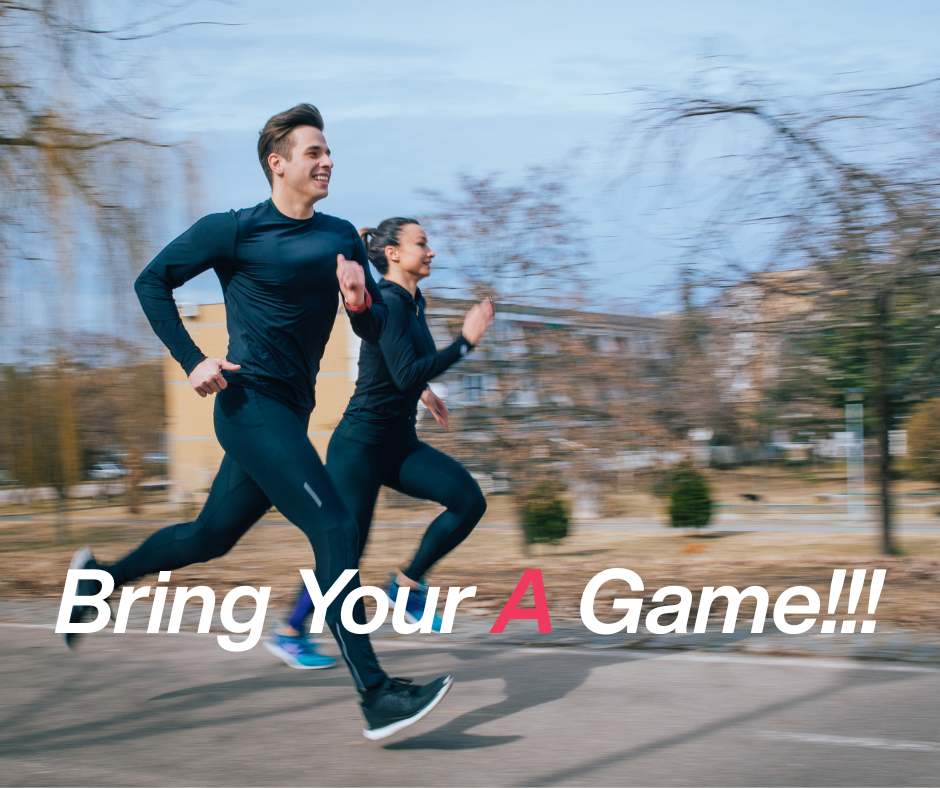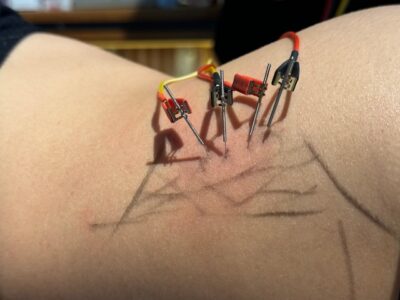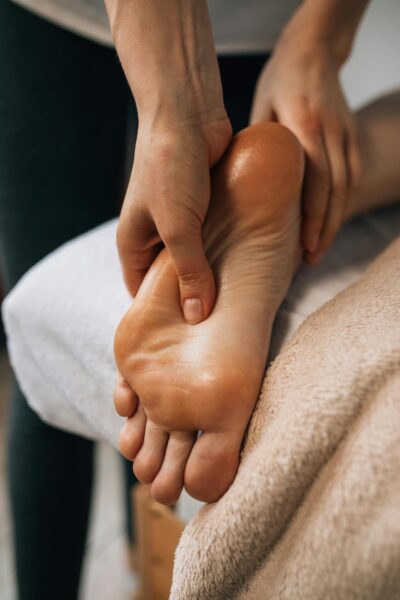The annual BOLDER Boulder 10K is just around the corner! If you’re training, you’re likely ramping up your mileage, fine-tuning your nutrition, and making sure your shoes are built for both comfort and speed.
When it comes to running performance, most of us focus on lung capacity, leg strength, and endurance. But there’s another essential piece that often goes overlooked: your core.
A strong core doesn’t just make you look good—it enhances your running efficiency and helps prevent injury. In fact, your core might be the missing link between you and a new personal best.

Why Core Strength Matters for Runners
Your core stabilizes your trunk and helps transfer energy from your upper to lower body. When it’s strong and well-activated, every step becomes smoother and more powerful. But when it’s weak or out of alignment, you may find yourself compensating in other areas—leading to strain, imbalances, or even injury.
A 2019 study examined the effects of an eight-week core training program on college athletes. Two groups maintained their regular training, but one group added three core-focused sessions per week. After eight weeks, the core training group showed significant improvements in core endurance, static balance, and running economy—all essential elements for distance runners.
The takeaway? A stronger core helps you run more efficiently, with better form and less effort.
What Exactly Is the Core?
When we talk about “the core,” we don’t just mean your abs.
The core includes all the muscles in your torso—front, back, and sides—as well as deep stabilizers and your glutes. Think:
- Rectus abdominis
- Transverse abdominis
- Obliques
- Erector spinae
- Gluteal muscles
- Pelvic floor muscles
These muscles work together to support your spine, hips, and abdominal organs. When they’re balanced and activated, they help maintain good posture, absorb impact, and reduce stress on your joints. But when core muscles are weak or inhibited, the body compensates—leading to muscle tightness, poor alignment, and pain (especially in the hips and low back).
How Acupuncture Can Help Build Core Function

Here’s where neurofunctional acupuncture (sometimes called Dry Needling) can give you a performance edge.
Through precise point stimulation, acupuncture helps:
- Release tight, overactive muscles that are limiting your range of motion
- Activate weak or underused muscles that aren’t engaging properly
- Improve core alignment and muscle firing patterns
- Relieve pain and reduce inflammation in the hips, back, and legs
- Restore balance between muscle groups to prevent overcompensation
Muscles work in coordinated pairs. For example, when your quads contract to extend the knee, your hamstrings relax to allow movement, while your core stabilizes the pelvis. If any part of that system isn’t working properly, your efficiency suffers—and so does your performance.
An acupuncturist can assess and treat these imbalances, ensuring your body is moving in sync from head to toe.
Reach Your Running Goals with Confidence
A strong core is more than a training buzzword—it’s your foundation for stability, posture, and power. And acupuncture is a powerful tool to keep your core firing on all cylinders.
Whether you’re running your first BOLDER Boulder or aiming for a personal record, adding acupuncture to your training plan can help you:
- Run more efficiently
- Recover more quickly
- Avoid injuries
- And reach your goals faster
So before race day arrives, book a session to align and activate your core. You might be surprised how much lighter and stronger your stride feels.
Ready to take your training to the next level?
Schedule your pre-race acupuncture session at The Acupuncture Clinic of Boulder and feel the difference in every step.
Written by Barb Jones, edited by Erin Pass



